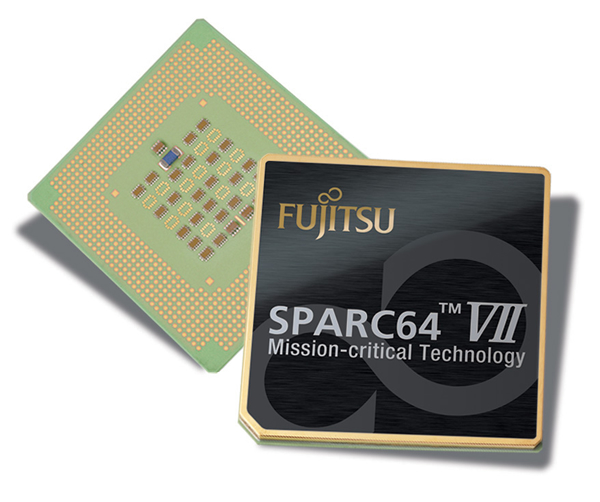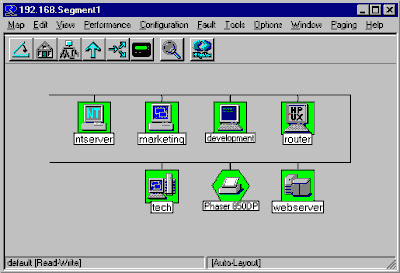Announcement
As reported on The Register, Red Hat quietly announced RHEL 5 as the "end of the line" for Intel Itanium.
The History
The processor market as basically split between two comodity CISC (Completed Instruction Set Computing) chip makers, Intel (x86) and Motorola (68K) where high-end workstation & server vendors consolidated in Motorola (68K) with PC makers leveraging Intel (x86).
Motorola indicated an end to their 68K line was coming, x86 appeared to be running out of steam. A new concept called RISC (Reduced Instruction Set Computing) was appearing on the scenes. Wholesale migration from Motorola was on, many vendors creating their own very high performance chips based upon this architecture. Various RISC chips were born, created by vendors, adopted by manufacturers, each with their own operating system based upon various open standards.
- SUN/Fujitsu/Ross/(various others) SPARC
- IBM POWER
- HP PA-RISC
- DEC Alpha
- MIPS MIPS (adopted by SGI, Tandem, and various others)
- Motorola 88K (adopted by Data General, Northern Telecom, and various others)
- Motorola/IBM PowerPC (adopted by Apple, IBM, Motorola, and various others)
The desktop market continued to tick away with 32 bit computing at a lower cost, with 2 primary vendors: Intel and AMD.
- HP - PA-RISC
- DEC, purchased by Compaq, Purchased by HP - Alpha
- DEC, purchased by Compaq, Purchased by HP - VAX
- Tandem, purchased by Compaq, Purchased by HP - MIPS
- SGI -> MIPS
 |
| [Sun Microsystems UltraSPARC 2] |
 |
| [Fujitsu SPARC64 VII] |
 |
| [IBM Power] |
 |
| [AMD Athlon FX 64 Bit] |

Network Management Implications
HP really drove the market to Itanium, after acquiring many companies. There was a large number of operating systems, which needed to be supported internally, so the move to consolidate those operating systems and reduce costs became important.
HP OpenView is one of those key suites of Network Management tools, which people don't get fired for purchasing. HP made announcements of their proprietary operating system HP-UX, Microsoft proprietary Windows, and open source Linux support for Intel Itanium. HP was never able to get OpenView traction with it under Linux under Itanium or Windows under Itanium, although they were able to provide support for their own proprietary HP-UX platform, as well as Linux under x86 architecture.
With Open Source Red Hat Linux going away on Itanium. Itanium as a 64 bit architecture is clearly taking a severe downturn in the viable 3rd party architectures, and Network Management from OpenView will obviously never become a player in a market that will no longer exist.
The IBM POWER architecture, even though it is one of the last two substantial RISC vendors left, has never really been a substantial vendor in Network Managment arena, even with IBM selling Tivoli Network Management suite. Network Management will most likely never be a substantial power under POWER.
"Mom & Pop" shops run various Network Management systems under Windows, but the number of managed nodes is typically vastly inferior to the larger Enterprise and Managed Services markets. The software just does not scale as well.
Sun SPARC Solaris (with massive vertical and horizontal scalibility) and Red Hat Linux x68 (typically limited to horizontal scalibility) are really the only two substantial multi-vendor Network Management platform players for large Managed Services installations left. Red Hat abandoning HP's Itanium Linux only continues to solidify this position.

.jpg)

No comments:
Post a Comment